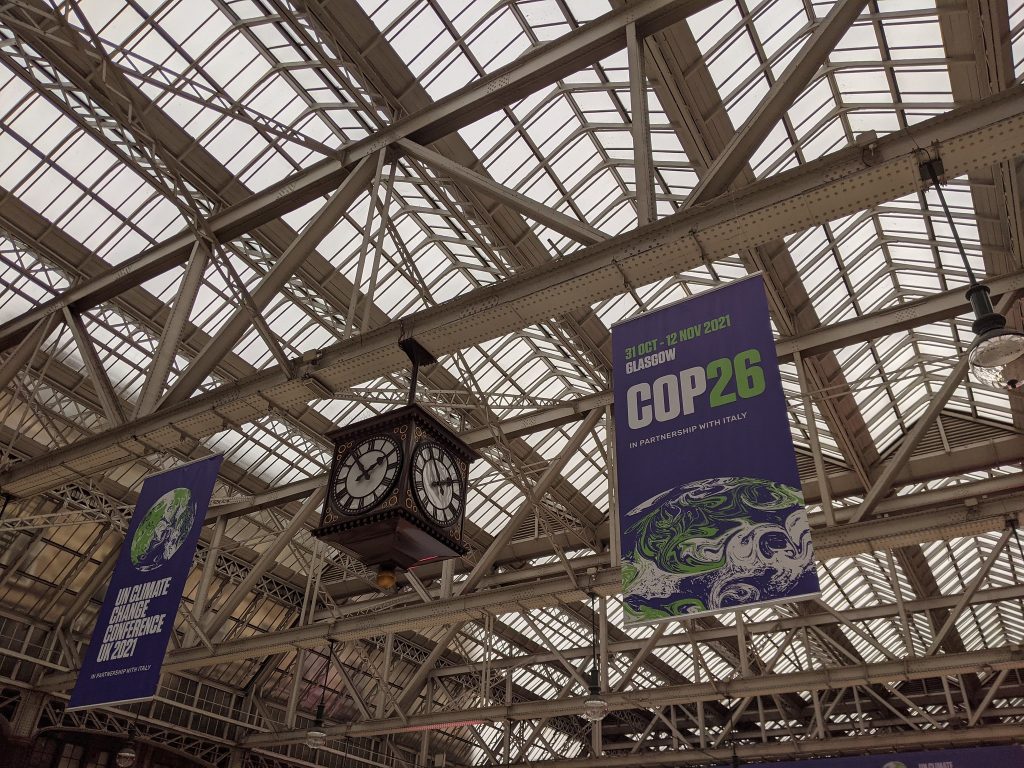Dr John Ball raises some of the practical issues involved in facing global warming, and asks if COP26 will offer solutions.
No doubt the upcoming COP21 conference will end with endless commitments to save the planet; pledges, plans and national greenwashing. What is needed is a cold shower.
There is no question that the planet is getting warmer and there is no silver bullet. The reality is that grand plans count for nought unless and until the enormous practicalities and challenges are confronted.
The first is the demand for materials. Siren calls to switch to products and services that reduce carbon emissions have an eye-watering material cost.
The price of minerals used in car batteries has risen 139% in the past year, lithium has risen by 200%, copper by 70% and there are concerns over the supply of nickel and balsa wood for wind turbine blades. To meet demand, the annual production of critical metals used in many carbon reducing products will have to rise by 500% per annum.
The second is how we heat our homes.
The twenty-three million gas boilers in the UK must go and, in their place, heat pumps, of which there are two main types, air source and ground sources pumps. They are unproven, expensive, often require building alterations and are simply not ready for mass roll-out. They cost between £14,000 and £19,000 to install, take time to warm up, operate at lower temperatures and often require larger radiators or solar panels to compensate.
The pumps run through horizontal trenches but properties with small gardens require a bore hole of over one hundred metres. Wales has countless terraces of housing with small or no garden so how this technology will work is anyone’s guess.
The required specialist installation and maintenance skills are simply not available.
‘Putting aside the wind farms, solar panel farms and endless pylons, has anyone thought about congestion?
Much has been made of alternative ways to generate electricity. Wind farms, solar panel farms and other forms of green electricity generation are smaller and therefore more numerous than conventional power stations and subsequently require a massive distribution infrastructure.
Therefore, more steel, concrete and copper are required and, as we have seen in many places, serious disruption to communities during construction and yet more ugly power lines afterward.
Off-shore turbines are seen as part of the answer. Aside from the materials involved in their manufacture and effect on the seascape, they are limited in the way they can be deployed, being restricted to depths of less than 60 metres.
Unfortunately, four-fifths of the most powerful – and useful – winds blow over deeper waters.
Innovative. Informed. Independent.
Your support can help us make Wales better.
Research suggests that for sufficient electricity to drive our cars and light our streets and homes, we will require ten times the present generating capacity. Quite how this demand is to be met with intermittent and often non-existent wind and sunshine remains to be explained.
As we ride around in our petrol driven cars, our guilt can be assuaged with the purchase of an electric car – if we can afford one. Currently the best total distance possible is about three hundred miles, excellent for the school run but not for much else. Charging takes time, and if you are using your car away from home, you must have enough charge available to find a commercial charger.
To meet projected demand, the number of chargers required will have to rise by thirty-one times the present number.
Being busy saving the planet will adversely affect the wider environment. Now that electric car ownership will save the planet, why bother to walk out in the pouring rain and stand on a draughty station platform to catch the planet-saving train when we are saving the planet with our electric car? Putting aside the wind farms, solar panel farms and endless pylons, has anyone thought about congestion?
Electric cars are heavier than petrol cars. They currently weigh over a ton, hastening road surface wear, and generate more carbon emissions from resurfacing. Building electric vehicles in the numbers needed to replace petrol-driven cars will also emit substantial carbon.
Look at the M4 on any morning or evening, or indeed many other times. One long red snake going east and one long white snake going west; that is of course if the snakes are moving at all. Electric cars will simply encourage far more car ownership, more commuting, more out of town development and more congestion. How long before two lanes become three and three lanes become four? And the bypass to bypass the bypass?
I am not denying that there is a problem of global warming. I am doing my bit, walking to the local shop, travelling by bus, and using the car as little as possible. But whilst I am being exhorted to do my bit, who is facing up to the real challenge?
All articles published on the welsh agenda are subject to IWA’s disclaimer.





